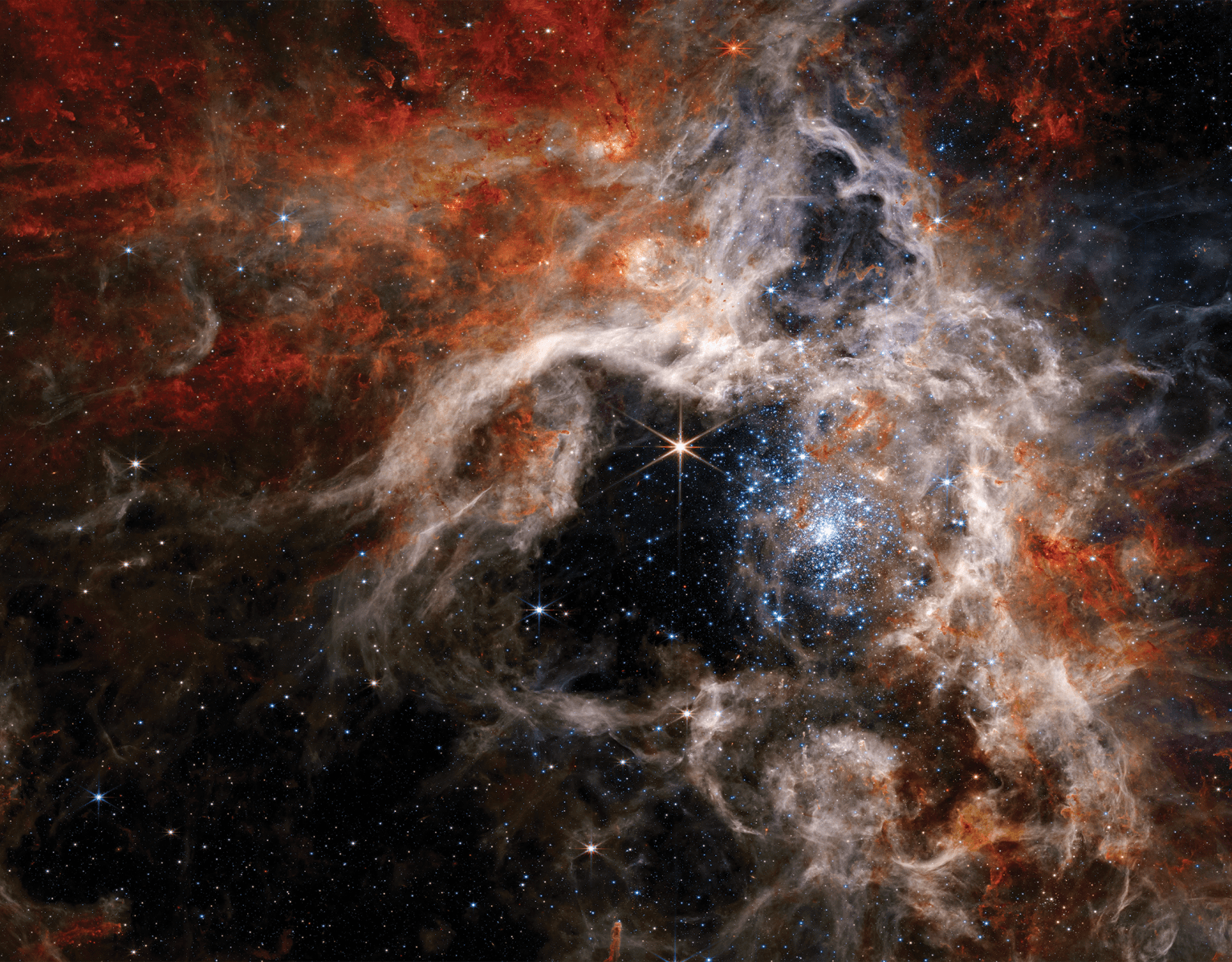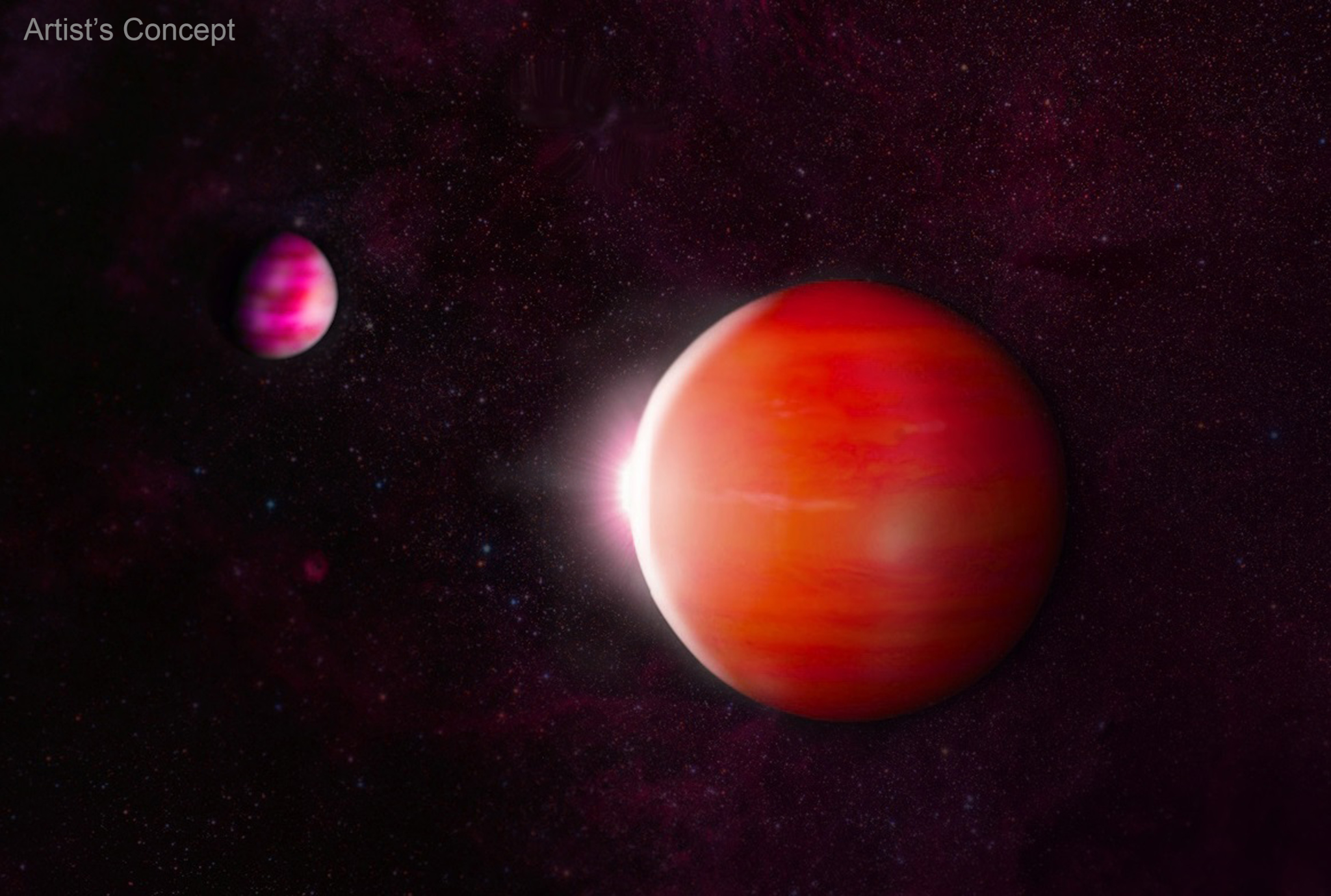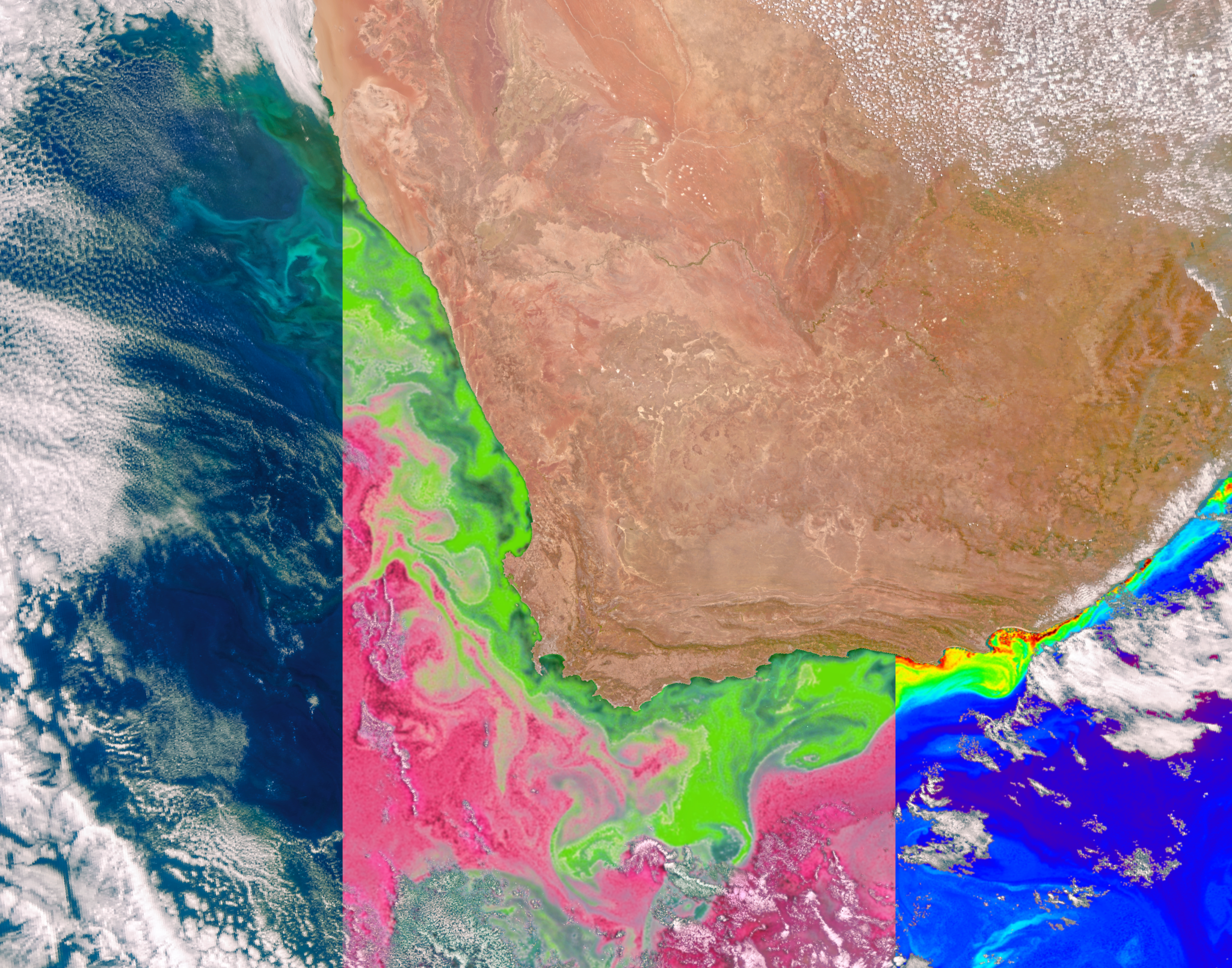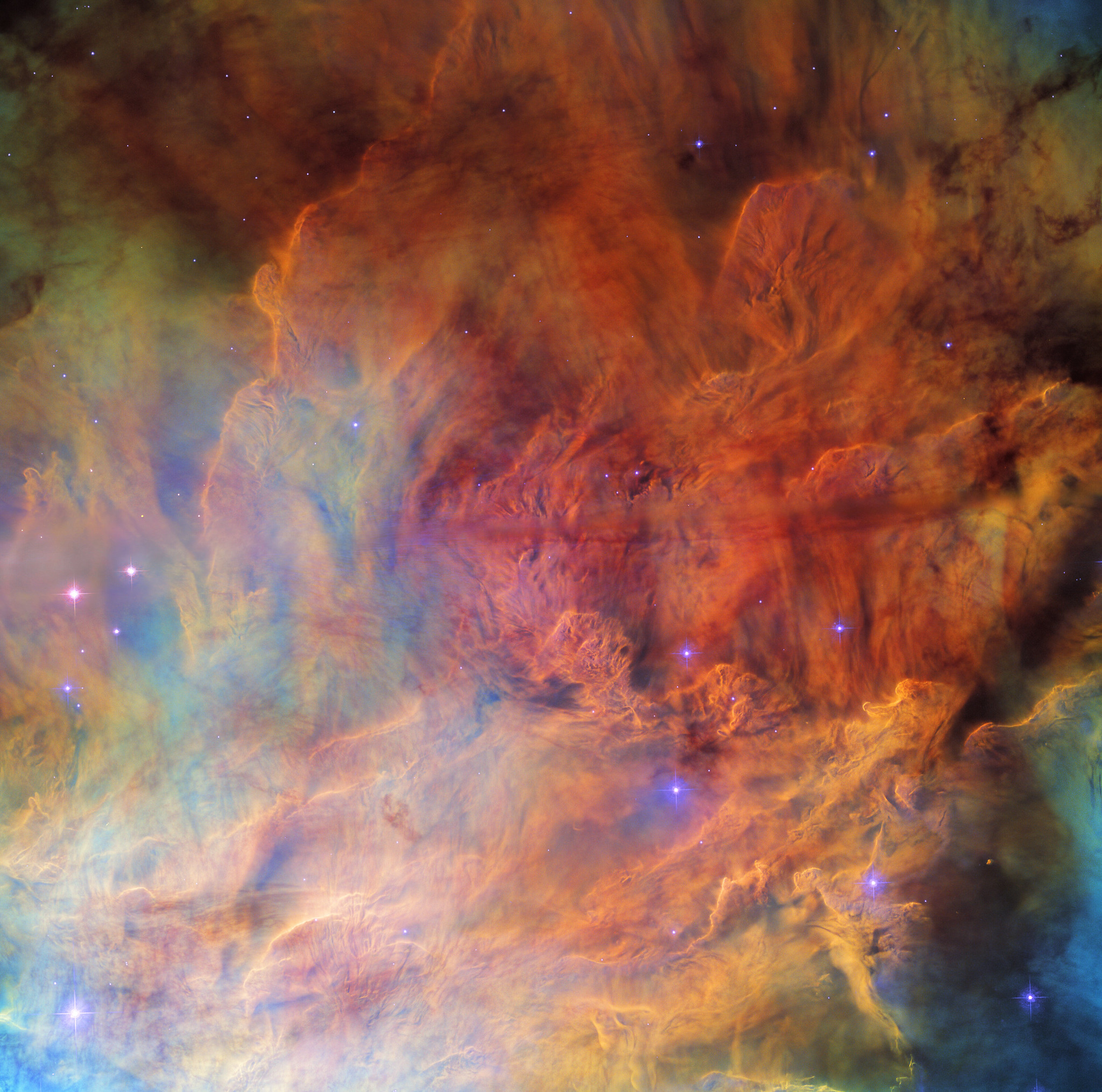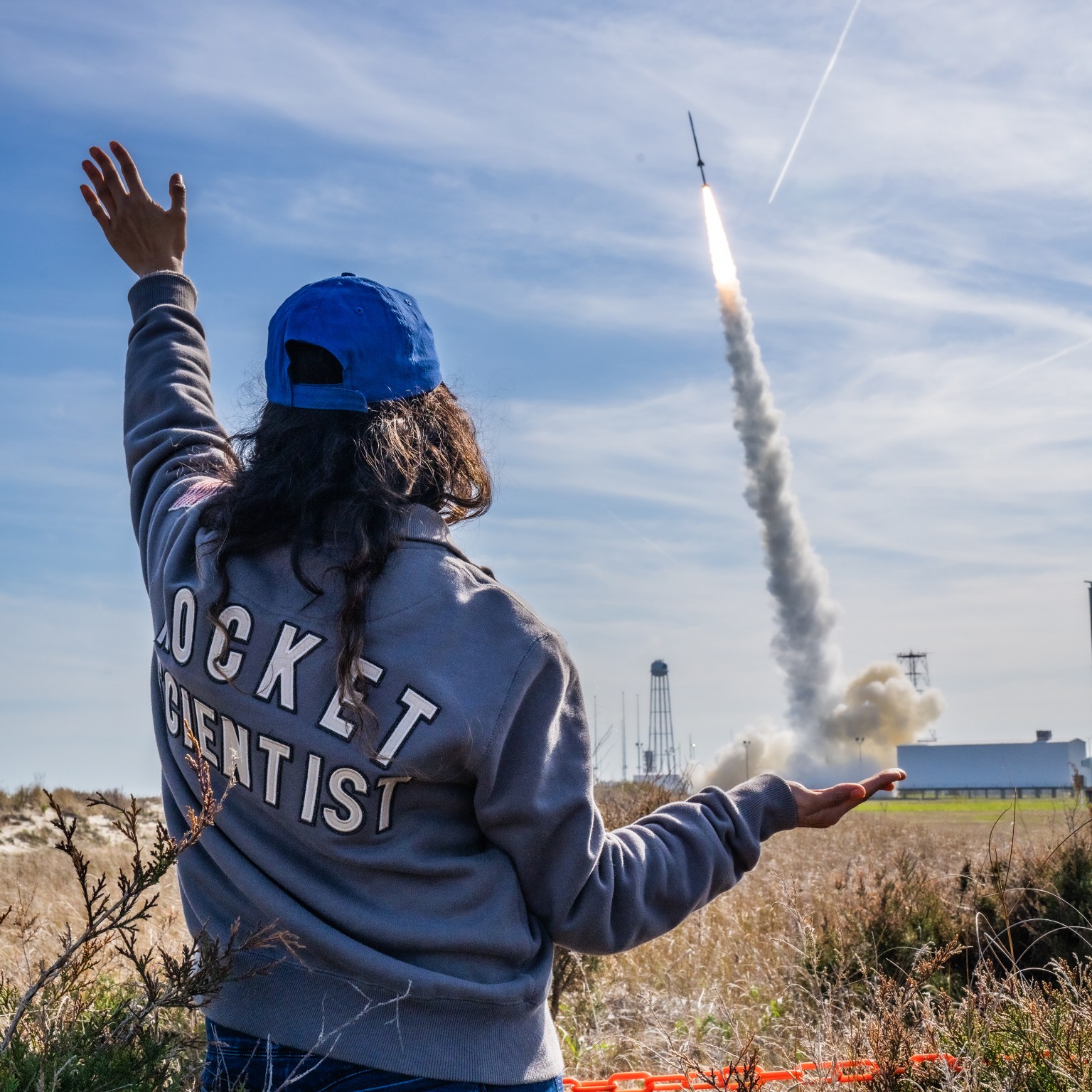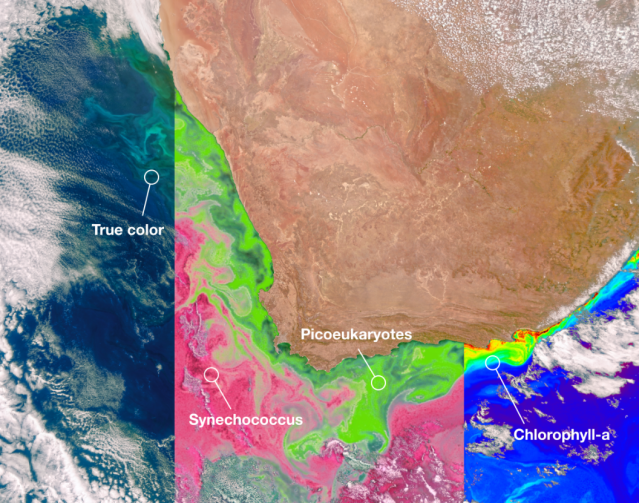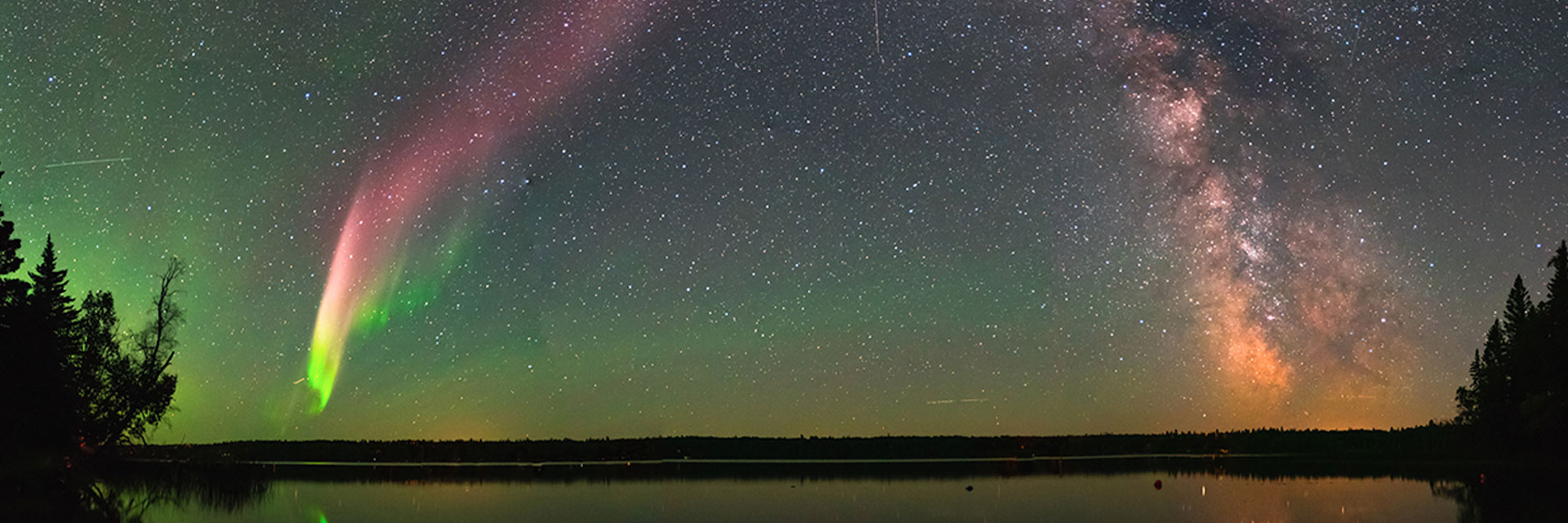Featured News
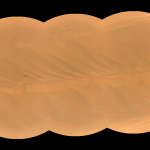
NASA’s Ingenuity Mars Helicopter Team Says Goodbye … for Now

NASA’s Dragonfly Rotorcraft Mission to Saturn’s Moon Titan Confirmed
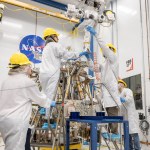
NASA’s VIPER Gets Its Head and Neck

NASA Refines National Space Technology Development Priorities
For Your Consideration
NASA’s broad reach across digital platforms has been recognized by the International Academy of Digital Arts and Sciences (IADAS), which gave NASA 13 nominations for the academy’s Webby Awards this year. Voting for the Webby People’s Voice Awards—chosen by the public—is open through Thursday, April 18.
Vote Now about For Your Consideration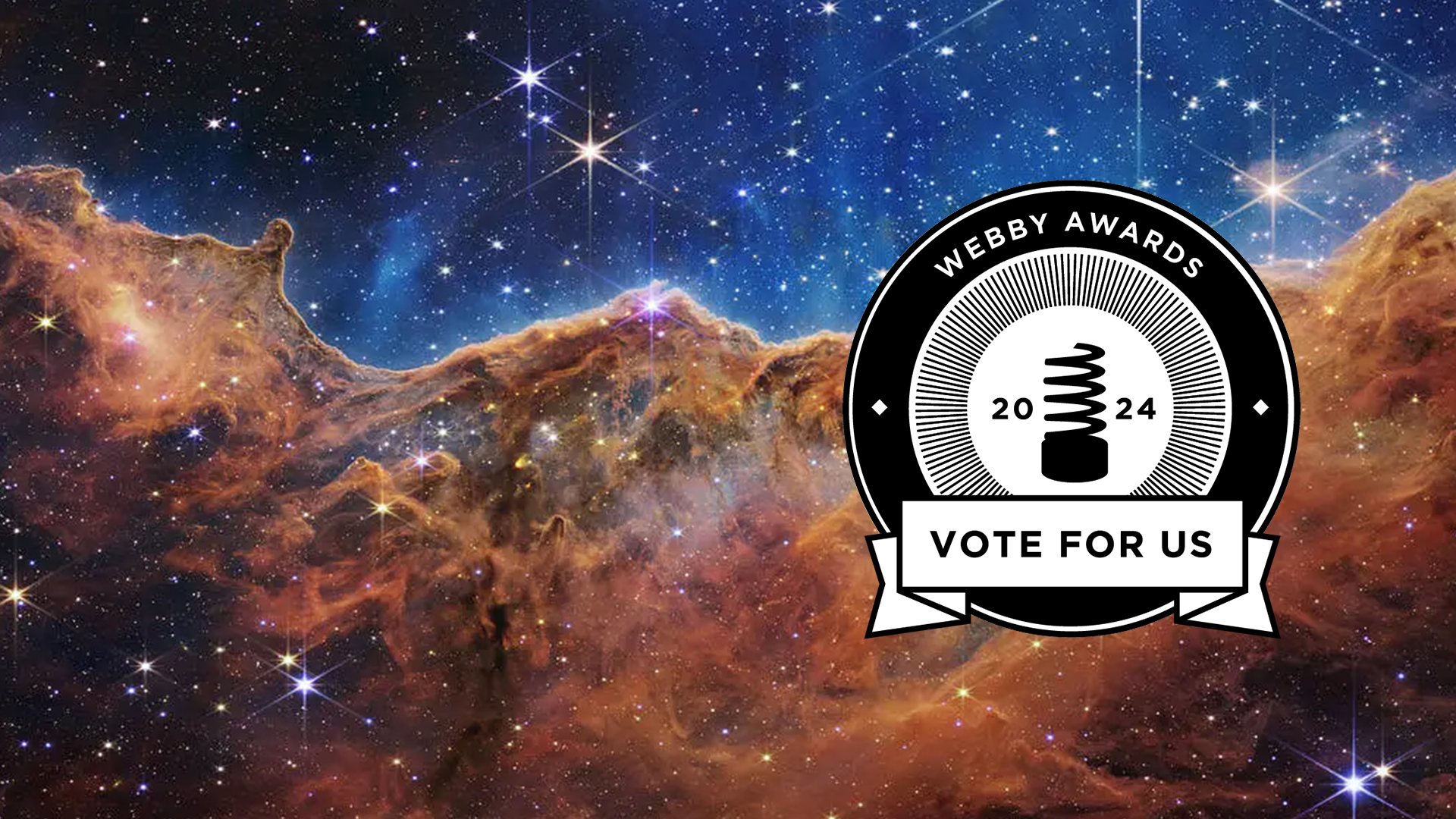
Today
Image Of The Day
Sometimes Getting the Perfect Picture Really Is Rocket Science
NASA Engineer Cindy Fuentes Rosal waves goodbye to a Black Brant IX sounding rocket launching from NASA’s Wallops Flight Facility in Virginia during the total solar eclipse on April 8, 2024. The rocket was part of a series of three launches for the Atmospheric Perturbations around Eclipse Path (APEP) mission to study the disturbances in the electrified region of Earth’s atmosphere known as the ionosphere created when the Moon eclipses the Sun. The rockets launched before, during, and after peak local eclipse time on the Eastern Shore of Virginia.
Earth Information Center
For more than 50 years, NASA satellites have provided data on Earth's land, water, air, temperature, and climate. NASA's Earth Information Center allows visitors to see how our planet is changing in six key areas: sea level rise and coastal impacts, health and air quality, wildfires, greenhouse gases, sustainable energy, and agriculture.
Start Exploring about Earth Information Center
Latest News

NASA Leadership to Visit Mexico, Strengthen Cooperation

NASA Embraces Sweden as Newest Member of Artemis Accords Family

New York Students to Hear from NASA Astronaut Aboard Space Station

NASA Welcomes Switzerland as Newest Artemis Accords Signatory
Explore the Universe from your Inbox
Stay up-to-date on the latest news from NASA–from Earth to the Moon, the Solar System and beyond.
We will never share your email address.
